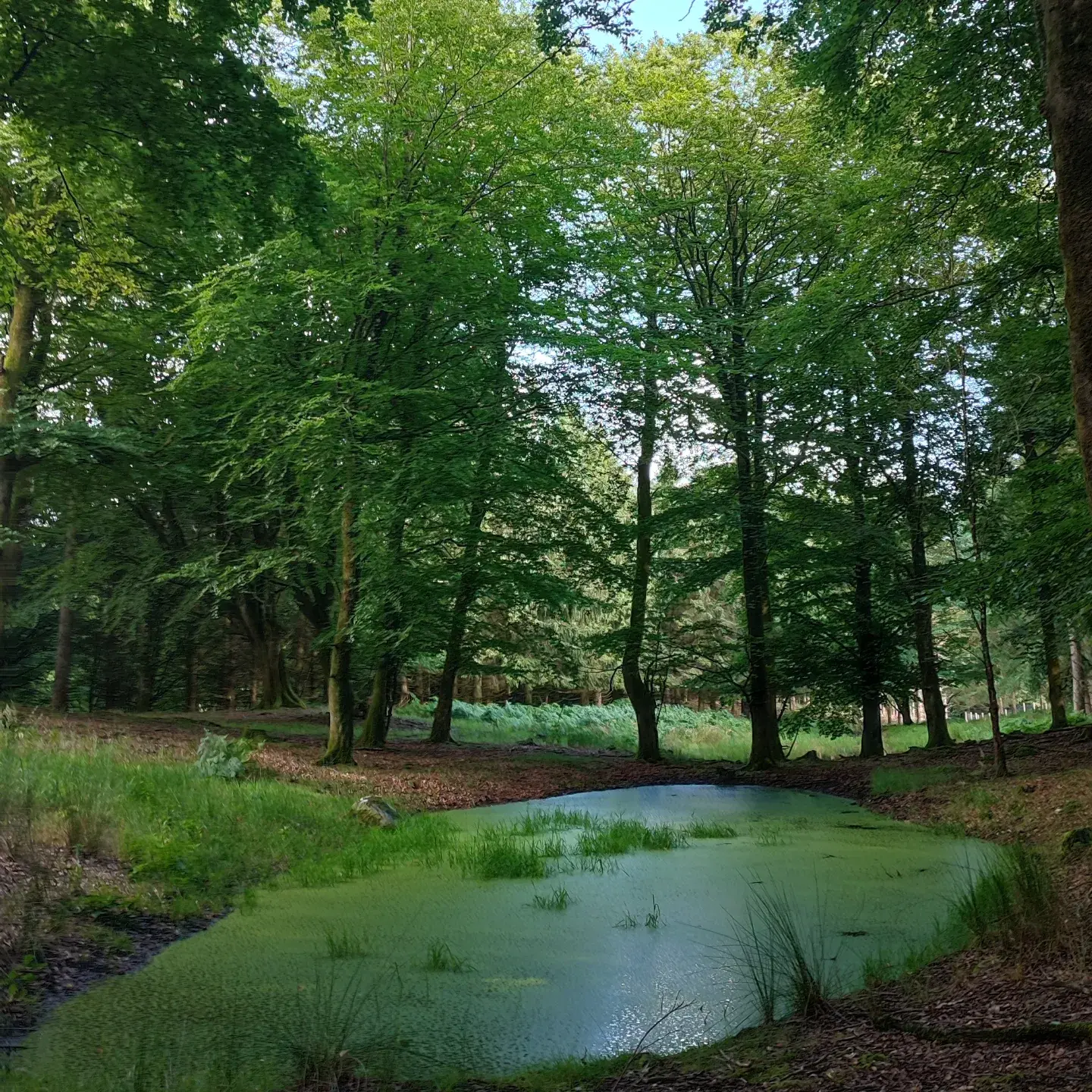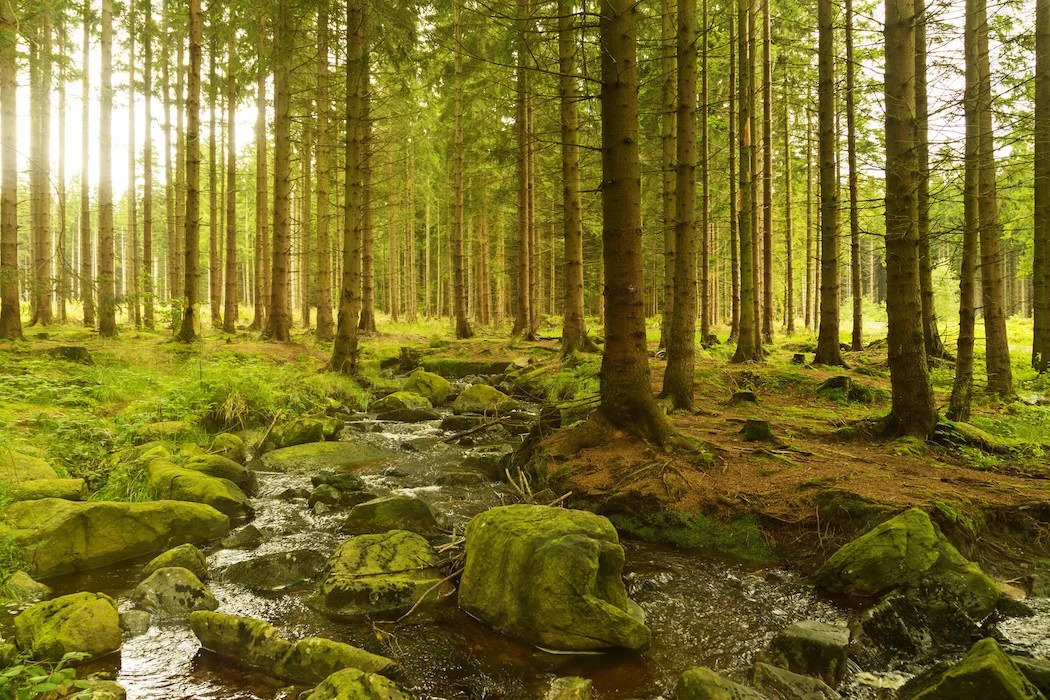Tree Huggers
884 readers
4 users here now
A community to discuss, appreciate, and advocate for trees and forests. Please follow the SLRPNK instance rules, found here.
founded 2 years ago
MODERATORS
351
352
353
41
'National disgrace’: protest after tree estimated to be hundreds of years old cut down in Tasmania
(www.theguardian.com)
354
355
356
357
358
359
360
361
362
363
364
2
Australian Photographer Benjamin Maze Captures Grand Prize In Canopy Awards 2023
(www.ecovoice.com.au)
365
366
367
368
369
370
371
372
373
374
375

